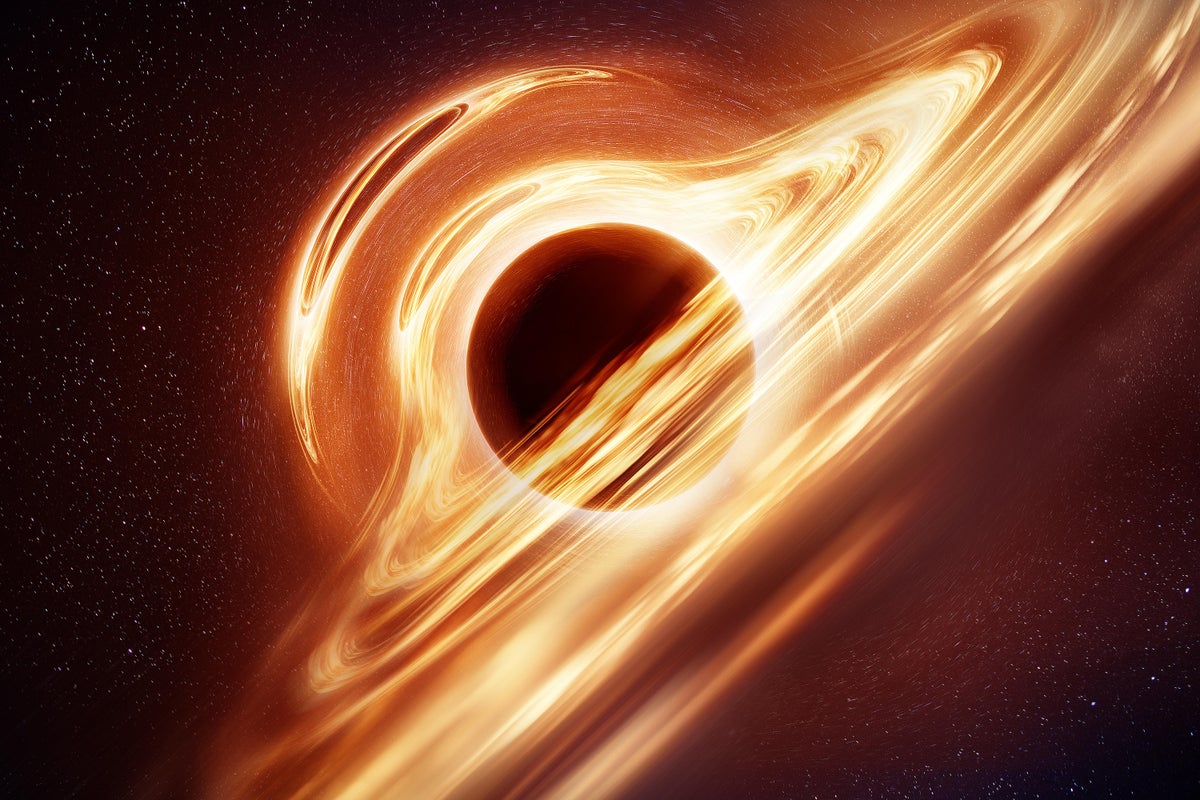
"The James Webb Space Telescope's observations reveal nine new light sources at redshift 17 and 25, indicating an active universe just 200 million to 100 million years old."
"Findings suggest that the universe was more dynamic in its first 200 million years than previously believed, challenging existing cosmological models of galaxy formation."
"Observational data hints at the possibility of primordial black holes illuminating the universe before the formation of the first stars, rather than stars themselves."
"This unprecedented data deepens our understanding of the early universe, complicating existing timelines and raising new questions about cosmic evolution."
Observations from the James Webb Space Telescope have identified nine new light sources, revealing that the universe was more active in its first 200 million years than previously thought. The sources, at redshift 17 and 25, challenge established timelines of galaxy formation and cosmological models regarding when stars could have formed. A hypothesis suggests that primordial black holes may have brightened the universe before the formation of the first stars, complicating our understanding of cosmic evolution and timelines.
Read at www.scientificamerican.com
Unable to calculate read time
Collection
[
|
...
]